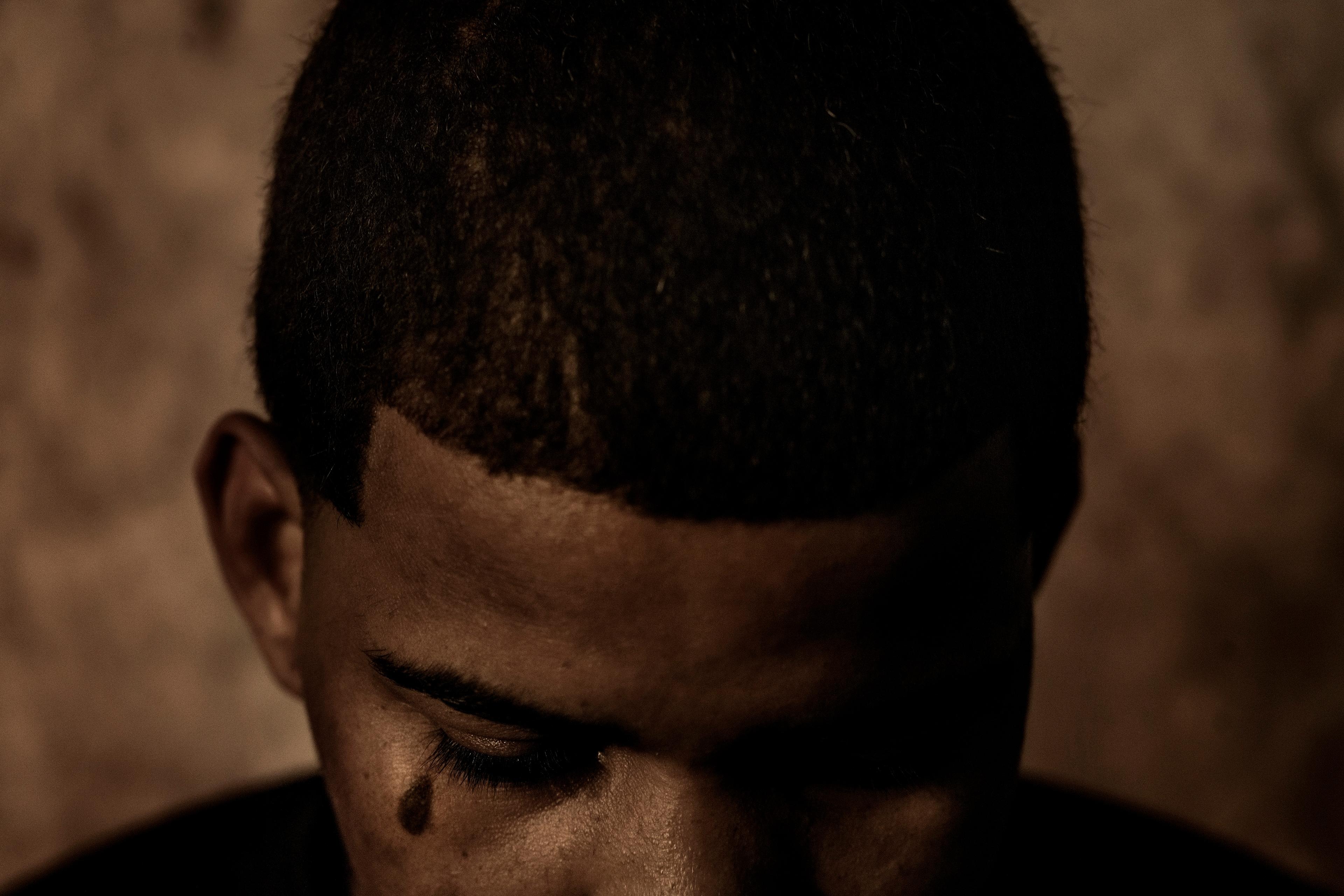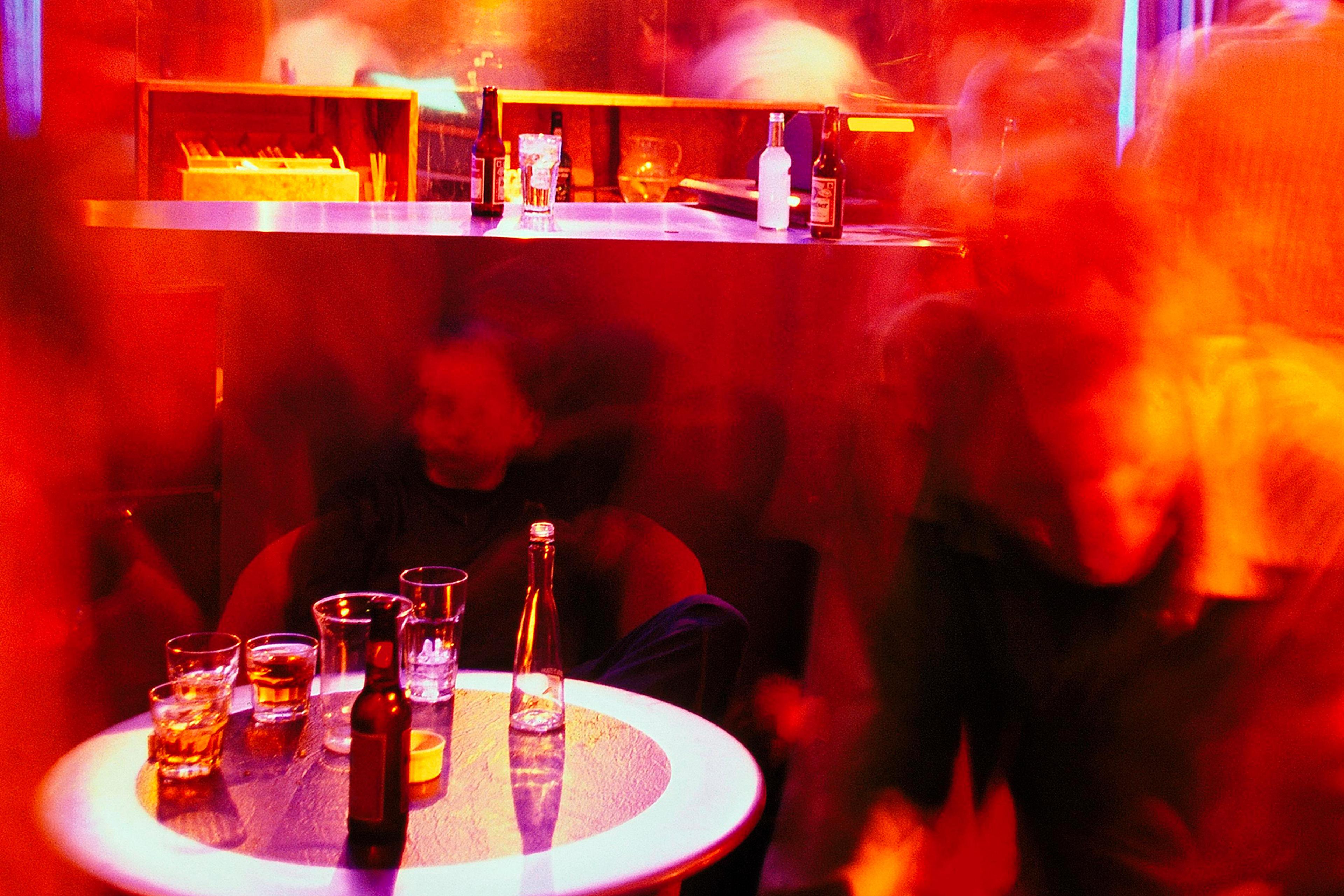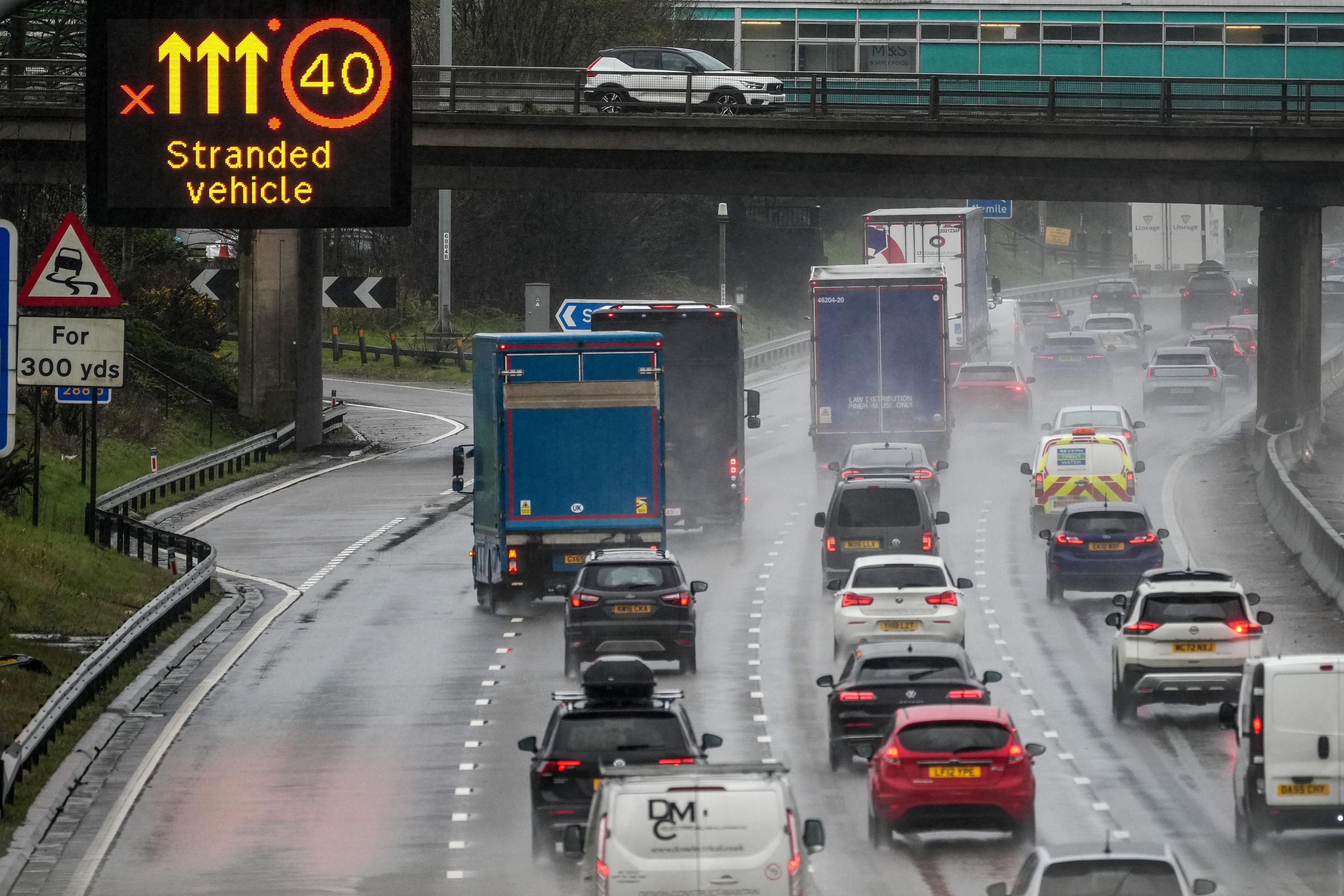On my winter walks, I like to observe the architecture of tree trunks. Usually trunks are hidden from view under the enrobing green foliage of spring and summer, or the colourful blaze that typifies autumn. But as deciduous trees prepare for winter, and the carefully orchestrated process of leaf senescence begins, the hidden structures of trees emerge.
During the autumnal senescence, the tree suspends active growth and recovers the nutrients of its leaves. This process occurs first by degrading the green chlorophylls that drive photosynthesis – the means by which plants harness light energy – and then converting complex compounds into soluble sugars and amino acids, which are banked over winter for use by the tree in the following spring. Once the nutrients are resorbed, the tree begins to drop its leaves. At the base of each leaf, a physical barrier known as an abscission layer forms, which releases the leaf from the tree. With the leaves gone, the trunk is in full view throughout the course of winter. It enters a state of rest.
Some have said that the leafless dormancy of deciduous trees in winter renders them inconspicuous. And compared with the colourful showiness of autumn, or the vibrant display of health and greenery of summer, I can see how the stillness of winter might be read as unremarkable. But, for me, when deciduous trees divest themselves of their leaves, the strength, experience and history of the trunk emerges into full view. The full girth of a tree, typically a proxy of its age, as well as a tree’s branching and structure are on display. Even as such deciduous trees are largely dormant and focused on maintenance and protection from harsh conditions, the lessons that they have to offer us are boldly active in winter, and are distinct from those lessons prevailing in other seasons.
I and others have previously explored the many lessons that one can learn from plants: lessons about mentoring and supporting others in the community, lessons from trees on resilience, and lessons from polyculture on reciprocity and the benefits of diversity. One of the profound teachings that I have learned from winter trees is based on the observation of organismal experiences that emerge from careful consideration of a tree’s exposed structure. The pattern of branching, the abundance (or lack) of winter buds, the presence of scars or wounds – all are parts of the autobiography of a tree. Years of plenty or scarcity result in different profusions of buds and different capacities for building up wood. The environmental context affects how branches develop and elongate. The architecture of the tree reflects the kind of years it lived through. Of all of these features, I’ve been deeply impacted by what we can learn from how trees recuperate from the manifest wounds they inevitably endure.
Wounds – whether deliberately induced through pruning or fortuitously caused by natural disaster – become highly visible as the trees stand exposed in fall and winter. Trees notice when there is damage or loss, and embark upon a process of recuperation and healing. They don’t just ignore trauma or ageing in order to get back to business as usual. Indeed, failure to respond – and respond actively and dynamically – could result in long-term poor health, even death. So when a wound occurs, trees initiate a protective response that often takes place in two distinct stages – an initial, rapid chemical phase, followed by a slower, long-term physical adaptation. The rapid chemical response to wounding is an active attempt to limit damage by pests, who are attracted to the sugars and plant-based chemicals (or phytochemicals) that are exposed by a wound. The second, slower response is to physically scar over and close off the injury.
Some of the phytochemicals produced during the chemical response to wounding serve to actively protect the plant by functioning as antimicrobial or antifungal compounds to prevent the establishment of disease in an open wound, which could lead to decay. In addition to inducing protective chemical mechanisms, trees produce wound wood or ‘callus’ (soft tissue that develops and grows over an open wound surface) in order to slowly close over the damaged tissue. Ultimately, this walls off or isolates an injury and provides a long-term protective barrier to infestation by pathogens or disease-causing agents. For plants that pursue such a path, healing results in the resolution or closing off of a traumatic or transitional event.
During the healing process, oxygen availability to an open tree wound facilitates the recovery process. Premature closure of the wound can be catastrophic. Rather, it is best to let trees follow their naturally evolved process of sealing off wounds to compartmentalise damage. This tree wound response of seeking cleansing and healthy closure after trauma – by keeping the wound free of infection and promoting oxygenation, followed by covering over the wound with long-term protective scar tissue – offers a powerful lesson from plants. Covering a wound prematurely simply to keep the damage out of sight, without attention to openly dealing with it through cleansing and therapeutic care, can lead to a festering of issues rather than a healthy progression towards healing, reformulation, growth and thriving.
Effectively healing a wound maintains the overall health of the tree, and leads to the growth of new branches and leaves that will support new fruits or seeds. What I learn from trees each year is that there is a delicate balancing act in the struggle to recover from trauma. Sometimes, a path must be closed off to avoid sickness, atrophy, loss; other times, one must recognise when it is time to build a new path to allow the continuation of one’s core purpose, work and impact. Some paths are there to be turned away from, others to be followed and renewed. In winter, you can see the paths a tree has taken.
I believe we humans too frequently think that the expected response to trauma is to pursue a path of prompt forgiveness and a quick return to ‘normal’. While this is sometimes feasible, and certainly reconciliation has its merits, there are alternative ways to heal and move forward based on closure and a redirection of energy. The healing of wounds in trees – the closing off or protective sealing off of a tissue, and the ensuing construction of new living paths inclusive of sugar-transporting phloem tissues and water-passing xylem structures – allows the continued pursuit of a tree’s core purpose. This wound-healing paradigm exemplifies that, to remain alive, some paths have to be closed and new possibilities pursued. I have used these lessons to move forward in both personal and professional realms.
There are singular moments when these lessons root deeply in my consciousness. Major disruptions such as the global pandemic can be met in multiple ways: a desire for a return to normalcy and a need for massive restructuring of our responses to the trauma of sickness and death. Reflecting on unique lessons from healing responses to trauma and transition in trees invites us to ask how we can best ensure both rapid responses to prevent damage during the presence of an open wound, and the long-term responses of seeking closure and forging new paths ahead, rather than defaulting to attempts to resume pre-trauma definitions of normalcy. The lessons are there for our learning and application, if we look to winter trees as teachers.








